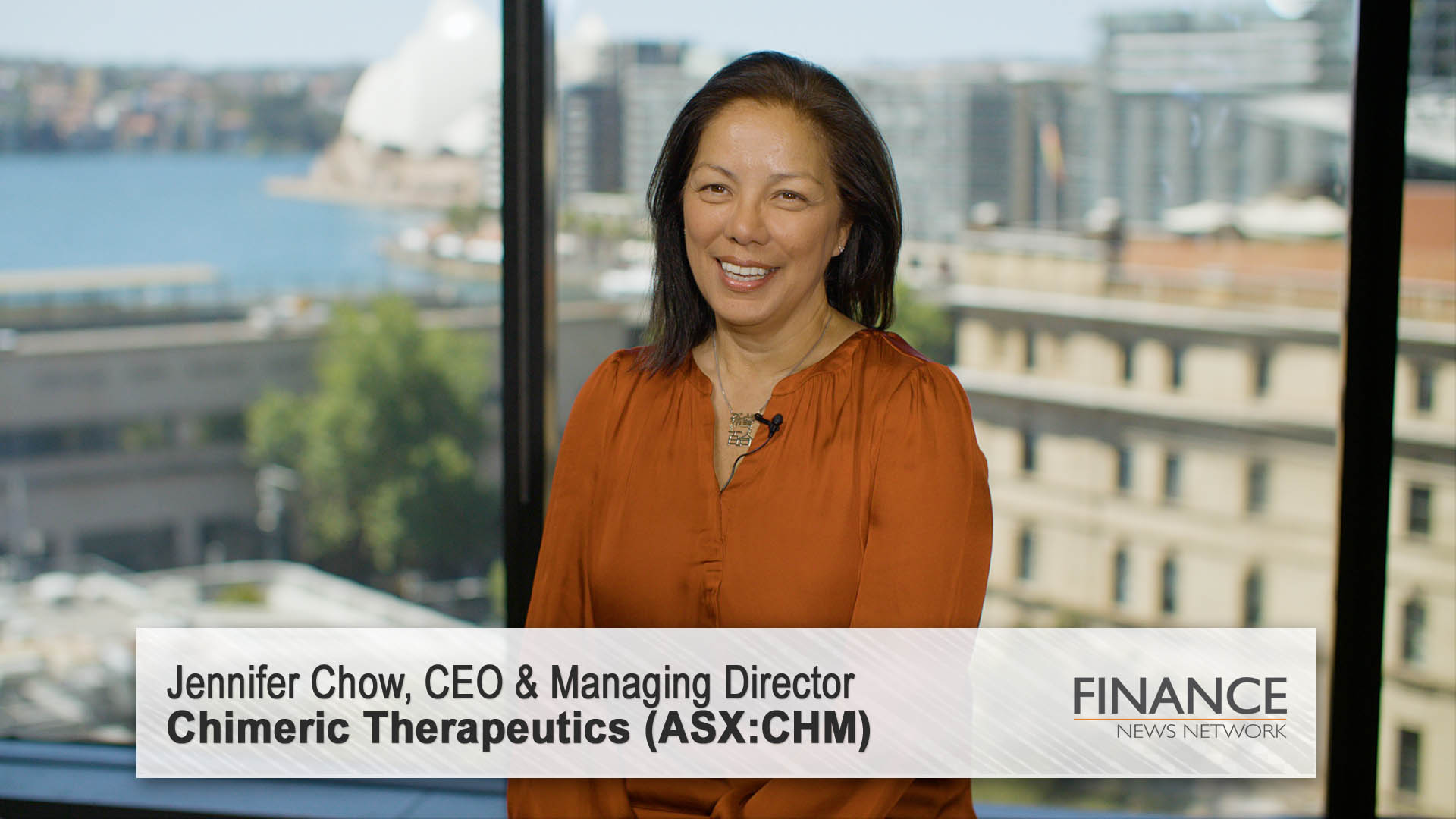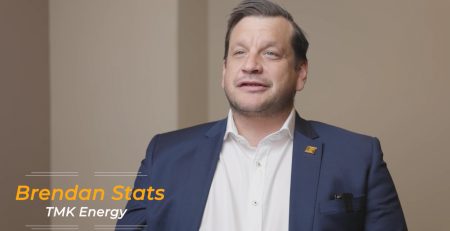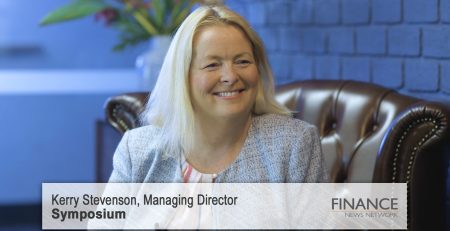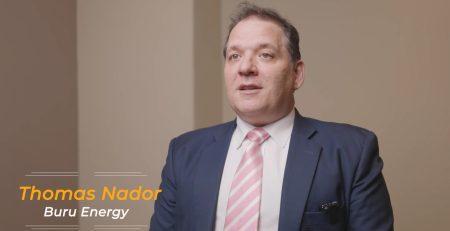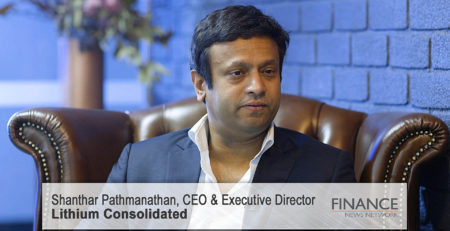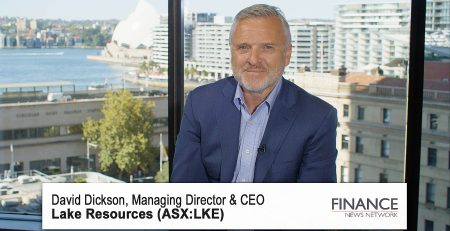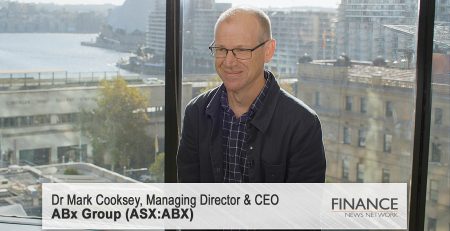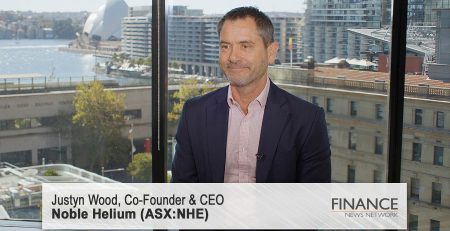Extending the lives of patients with brain cancer
Chimeric Therapeutics Limited (ASX:CHM) CEO and Managing Director Jennifer Chow discusses efficacy results for the company's glioblastoma therapy.
Peter Milios: I'm Peter Milios from the Finance News Network, and today we're talking with Chimeric Therapeutics (ASX:CHM), market cap of around $14m. Chimeric Therapeutics is a clinical-stage therapy company focused on bringing the promise of cell therapy to life for more patients with cancer. We have with us today CEO Jennifer Chow. Jennifer, welcome back to the network, and thank you for your time.
Jennifer Chow: Hi, Peter. Thanks. It's so great to be back.
Peter Milios: So, Jennifer, can you start by telling us what this data release means for Chimeric?
Jennifer Chow: Yeah, it was an incredibly exciting moment for us to be able to release the Phase 1 data that we have for CHM 1101 or our Chlorotoxin CAR T in recurrent glioblastoma this morning. For us, this really is, first and foremost, a commitment that we now have made good on. We started this trial a number of years ago, so it's really exciting to be able to bring this data forward now. And then, for the asset itself, it really is the signal that we see safety and efficacy with this asset so that we're able to have the confidence to be able to continue and move forward with development.
Peter Milios: So, Jen, you've mentioned that the patients in the trial were heavily pretreated and late-line. Can you explain that in more detail for us?
Jennifer Chow: Yeah. It's actually a really important aspect of the trial. So, generally, with glioblastoma, what happens is a patient is diagnosed and then they receive what we call a first or a frontline treatment. After seven, eight months, generally, patients will recur and their disease will come back and they'll move into what we call second-line. And then if the disease comes back again, you go into third-line and fourth-line and so on. All of the clinical trials in the recurrent glioblastoma setting have generally focused on patients that were treated in second-line.
What we know in our study is that the patients that we had were generally treated in fourth-line and some even in fifth-line. This makes them what we call heavily pretreated. It actually makes them also very difficult to treat, much more challenging to treat than a patient is in second-line. So, certainly, that just makes the results that we are seeing all the more impactful for us.
Peter Milios: What exactly is a disease control rate and why is 55 per cent such a good rate?
Jennifer Chow: Yeah. So, we announced two very significant efficacy markers today. The first was the disease control rate that you're talking about. A disease control rate really just talks about how many patients were able to achieve disease stability under the clinical trial. And so what we saw with this particular clinical trial and for CHM 1101 was that we actually were able to achieve a 55 per cent disease control rate.
And what we do is we compare that to analogues, so we look at other clinical trials, other assets that are approved for use in glioblastoma. And the historical analogues would tell us that the disease control rate for second-line patients would actually be somewhere between 20 and 35 per cent. So, knowing that we were treating fourth- and fifth-line patients, achieving a disease control rate of 55 per cent was actually a really positive thing for us.
Peter Milios: And, Jen, is 10 months survival considered good?
Jennifer Chow: Yeah, it's a great question, right? So, 10 months survival, on the face of it, doesn't sound like a lot, right? I think that it really comes down to the context of this disease. For so many people, glioblastoma has unfortunately touched their lives, and those that it has, know that it is one of the most devastating cancers out there. When patients are first diagnosed with glioblastoma, they're generally expected to live maybe 12 to 15 months, and very few patients make it past the five years, it's under 5 per cent.
So, really, when you're looking at glioblastoma as such a difficult-to-treat disease, we really look at survival benefit as being the most important analogue. And to see that the patients that achieved disease control were actually surviving for 10 months after the initiation of this fourth-line therapy actually was incredibly promising. When you start a patient in that recurrent setting with second-line therapy, you expect maybe the patient to have seven months survival. So, 10 months survival after they've already been through second- and third-line therapy is actually really promising and encouraging for us.
Peter Milios: And lastly, Jen, what comes next for CHM 1101 and Chimeric?
Jennifer Chow: Yeah, so for CHM 1101, we opened a Phase 1b clinical trial earlier this year in anticipation that we would look at these results and determine whether or not we wanted to advance clinical development. So now that we've been able to look and we see both the safety and the efficacy signals, we actually are now moving forward with what we call the dose expansion cohort for the Phase 1b clinical trial. And what that really means is that we're going to treat more patients with the drug to be able to be in a position where we can go to the regulatory authorities and design a registration trial that would allow us to commercialise the drug and get it out to more patients. So that's a really significant step for us. For Chimeric more broadly, obviously, we're incredibly pleased that we're now moving clinical development forward with this particular asset, but we also have three other ongoing clinical trials with our assets right now. So, our team is very much focused on just moving all of our clinical development and our clinical programs forward.
Peter Milios: Jennifer Chow, thanks for your time.
Jennifer Chow: Thanks so much. Great to see you.
Peter Milios: Thank you.
Ends
Copyright 2023 – Finance News Network
Source: Finance News Network

